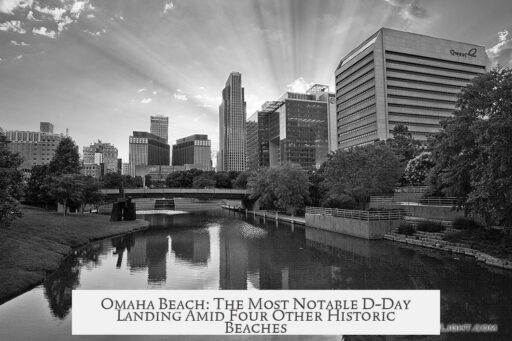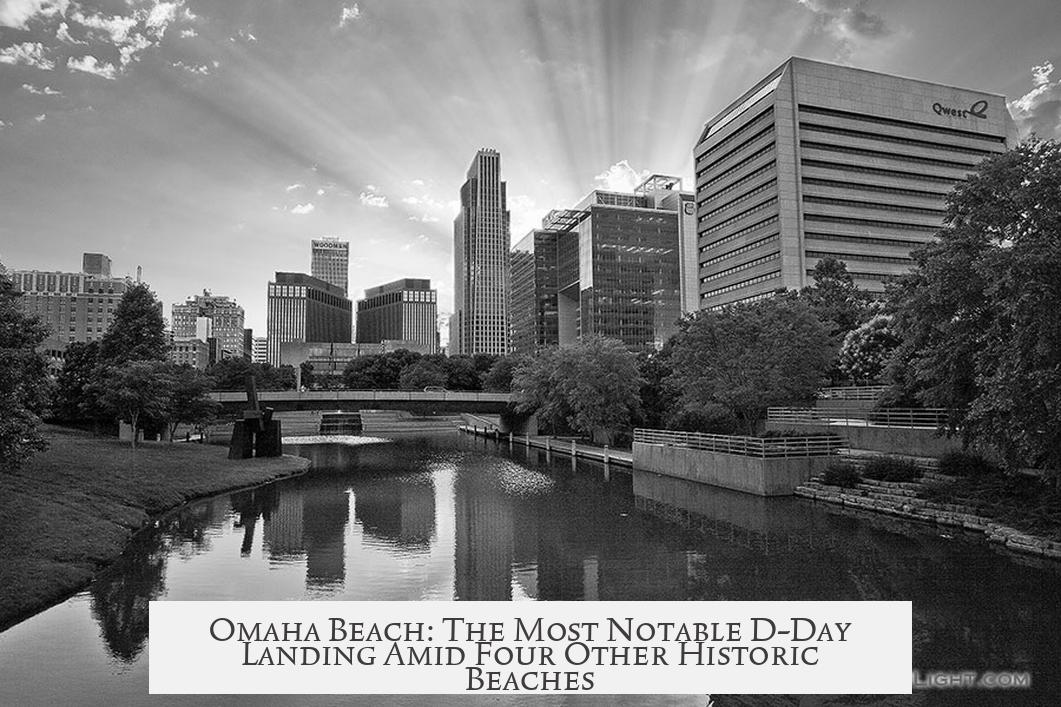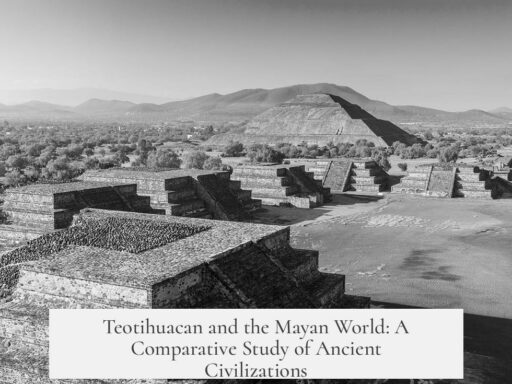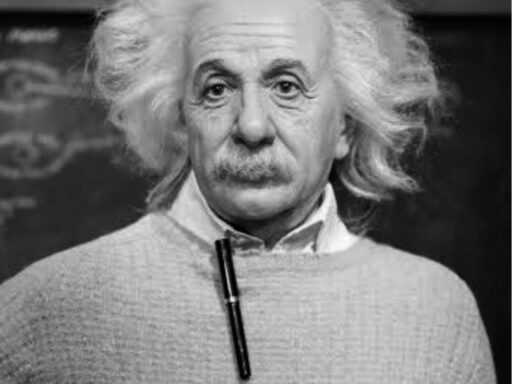Omaha Beach stands as the most famous D-Day landing because it was the most fiercely contested and nearly failed, incurred the highest casualties, featured unique heroic actions, and suffered severe equipment losses, all amplified by major media portrayals.
Omaha Beach’s notoriety largely rests on the extreme intensity of combat there. It was by far the hardest fought landing on June 6, 1944. General Omar Bradley, First Army commander, even briefly considered aborting the landings due to the severe resistance and initial setbacks. Despite dire circumstances, small groups penetrated the German defenses, preventing a total failure.
The casualty toll at Omaha Beach far exceeded those at the other four landing sites. Estimates count roughly 4,700 Allied casualties directly connected to Omaha, including infantry divisions and supporting naval forces. For comparison, Utah, Juno, Gold, and Sword beaches each sustained about 1,000 or fewer casualties. This stark difference underscores the brutal nature of Omaha’s combat. Below is a brief casualty overview:
| Unit/Area | Total Casualties |
|---|---|
| 1st Infantry Division | 1,346 |
| 29th Infantry Division | 1,272 |
| V Corps/First Army Units | 1,568 |
| U.S. Navy, Coast Guard, Royal Navy | 539 |
| Overall Omaha Beach Total | 4,720 |
Other beaches—Utah (American), Juno (Canadian), Gold and Sword (British)—experienced less resistance and fewer casualties, reducing their dramatic impact in the public eye. In contrast, Omaha’s fierce fighting, close calls, and heavy losses elevated its profile.
The heroic mission of the 2nd Ranger Battalion at Pointe du Hoc, a key position linked exclusively to Omaha Beach, also enhances its fame. The Rangers scaled cliffs under fire, destroyed German artillery, and held their position against counterattacks until reinforcements arrived. This action symbolizes courage and tenacity unique to Omaha’s operations.
Omaha’s battlefield equipment faced particular challenges. The amphibious DD tanks, designed to support infantry landings, largely failed. Of 29 sea-launched tanks, only two reached shore; the rest sank due to strong currents and premature launches. This failure intensified early vulnerability and combat difficulty, unlike other beaches where armored support was more effective.
Popular culture amplified Omaha Beach’s fame. Hollywood films such as The Longest Day (1962) and Steven Spielberg’s Saving Private Ryan (1998) dramatized Omaha’s landing, portraying intense scenes of fighting and loss. Video games and board games often recreate Omaha’s brutal conditions, imprinting it further in public consciousness. This media focus has overshadowed the other beaches despite their equally strategic importance.
| Key Reason | Description |
|---|---|
| Intensity and difficulty | Close to failure; hardest fought past German defenses |
| Casualty figures | Highest losses at approximately 4,700 Allied casualties |
| Heroic actions | Pointe du Hoc mission by 2nd Ranger Battalion unique to Omaha |
| Equipment losses | DD tanks overwhelmingly lost in rough surf, impairing firepower |
| Media representation | Films and games heavily focus on Omaha’s battle, shaping public memory |
While all five landing beaches contributed critically to Operation Overlord’s success, Omaha stands out due to the sheer severity of combat, high casualties, and dramatic tension. The combination of those facts with prominent media portrayal explains why it remains the most famous D-Day landing site today.
- Omaha was the toughest and most contested landing.
- It suffered the greatest Allied casualties, around 4,700.
- Unique exploits, like the 2nd Rangers at Pointe du Hoc, add to its legend.
- DD tank failures intensified early combat challenges.
- Movies and games have deeply rooted Omaha’s fame in popular culture.
Why Is Omaha Beach the Most Famous D-Day Landing, Despite Four Other Beaches?

Omaha Beach earned its reputation as the most famous D-Day landing because it was the fiercest, bloodiest, and closest to failure of the five Allied beaches invaded on June 6, 1944. At Omaha, American troops faced overwhelming German defenses, suffered enormous casualties, and struggled through daunting technical and environmental challenges. The harsh reality of Omaha’s battle, coupled with powerful Hollywood portrayals and unique heroic episodes, propelled it far ahead of Utah, Juno, Gold, and Sword Beaches in public memory.
But what exactly made Omaha so distinctly infamous? Let’s explore.
The Fierce Fighting That Almost Broke the Landing
Out of the five landing zones, Omaha Beach stands apart as the most fiercely contested. It was, by accounts from historians and generals alike, the closest to collapse. General Omar Bradley, commanding the First Army, reportedly considered aborting the landing midway through the assault—a sobering thought. Yet, unbeknownst to him, small groups of American soldiers had already clawed past the heavily fortified bluffs by 9:00 AM, attacking the German positions from behind.
The sheer intensity here was staggering. Unlike the other beaches—where resistance was strong but manageable—the Germans had strategically positioned their guns, trenches, and machine guns, creating a lethal maze. American troops faced near-impossible odds trying to secure a foothold while under constant fire.
Casualties That Shocked and Shaped History
The human cost at Omaha Beach was devastating. While the other four beaches suffered casualties in the range of 700 to just over 1,000, Omaha’s death toll and injuries skyrocketed to approximately 4,720—roughly four times as many.
- 1st Infantry Division casualties: 1,346
- 29th Infantry Division casualties: 1,272
- V Corps and support units casualties: 1,568
- U.S. Navy, Coast Guard, and Royal Navy casualties: 539
This massive loss reflected the brutal combat conditions, the uncompromising German defenses, and the poor initial success of American armor support. It’s one thing to read about numbers; it’s another to imagine the chaos and courage behind each figure.
Amphibious Tanks: A Sea of Trouble
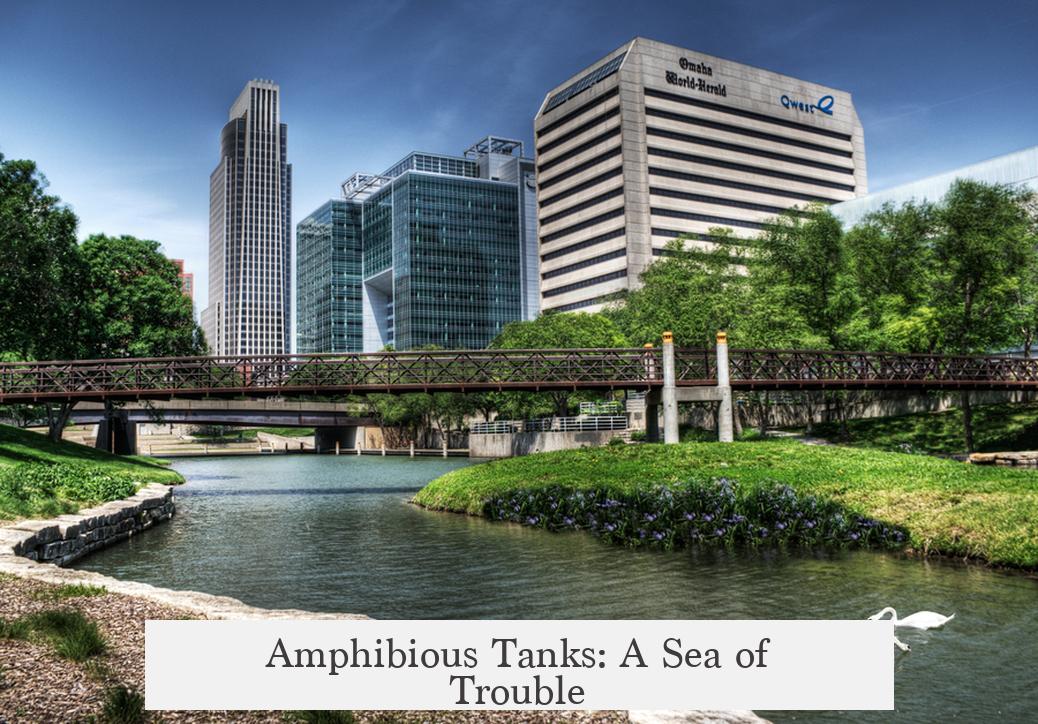
One of the technical nightmares that doomed Omaha’s early hours was the failure of amphibious “DD” tanks. These tanks were supposed to swim ashore to support infantry, but at Omaha, nearly all of the 29 tanks launched from the sea sank in strong currents. Only two made it to shore.
Imagine being a soldier coming ashore without armored support, knowing those tanks that could shield you now lie sunken miles offshore. This tank disaster made Omaha’s landing even more perilous and set it apart from other beaches where tanks successfully landed.
The Legendary 2nd Rangers and Pointe du Hoc
Among Omaha’s famous stories is the daring mission of the 2nd Ranger Battalion at Pointe du Hoc—a sheer cliff just west of Omaha Beach. These Rangers scaled vertical cliffs using ropes and grappling hooks, destroyed critical German artillery, and held their positions against relentless counterattacks until relieved.
This tale of courage became symbolic of the bravery displayed on D-Day and is uniquely tied to Omaha Beach’s legend. It adds a layer of heroism and drama that fuels the beach’s prominent place in history.
Hollywood Cemented Omaha’s Fame
Media absolutely fuels fame. Omaha Beach exploded into public consciousness thanks to films like The Longest Day, and especially Steven Spielberg’s brutal and gripping depiction in Saving Private Ryan. The famous opening scene, with its heart-stopping realism of soldiers storming the beach under heavy fire, deeply imprinted Omaha’s image in audiences worldwide.
Afterward, countless video games, documentaries, and books echoed these portrayals, often spotlighting Omaha’s fierce combat as the defining D-Day moment. The other beaches, though strategically important and bravely taken, received far less dramatic attention.
How Omaha Compares: The Other Four Beaches

To grasp Omaha’s unique stature, consider the casualty figures from the other beaches:
- Utah Beach: Approximately 1,011 casualties
- Juno Beach (Canadian): Around 1,000 casualties
- Gold Beach (British): About 1,000 casualties
- Sword Beach (British): Around 700 casualties
These figures show how Omaha’s losses massively exceed the others. The combination of intense German resistance, challenging terrain, failed armor support, and the high stakes drama distinguishes Omaha overwhelmingly.
Summing It Up: What Makes Omaha Stand Out?
| Key Reason | Explanation | Why It Matters |
|---|---|---|
| Most intense, hardest fought | Omaha’s landing almost failed, forcing commanders to consider withdrawal. | Demonstrates the extreme risk and heroism involved. |
| Highest casualties | Nearly 4,700 casualties, dwarfing those at other beaches. | Highlights the battle’s severity and sacrifice. |
| Hollywood spotlight | Films and games emphasize Omaha, shaping public memory. | Popular culture amplifies its significance. |
| Unique heroic feats | 2nd Rangers’ cliff assault at Pointe du Hoc is legendary. | Adds dramatic, inspiring stories tied only to Omaha. |
| Equipment failures | Most amphibious tanks lost at Omaha, increasing challenges. | Exacerbated combat difficulties, underscoring the harsh conditions. |
Final Thoughts: Why Should You Care?
Omaha Beach stands as a powerful symbol of courage under fire and the tremendous human cost of war. Understanding why it’s the most famous D-Day beach enriches the story of the Normandy invasion and honors those who risked everything.
Next time you see images or play a game featuring the American assault, remember the real, gritty fight beneath the dramatization. The same beach that nearly spelled disaster also showcased resilience and heroism that helped turn the tide of World War II.
Are you surprised by how much fate and luck influenced the landing’s outcome? What other places or moments in history do you think deserve a bit more spotlight? Omaha’s story reminds us that sometimes, the hardest battles leave the deepest marks on our collective memory.
